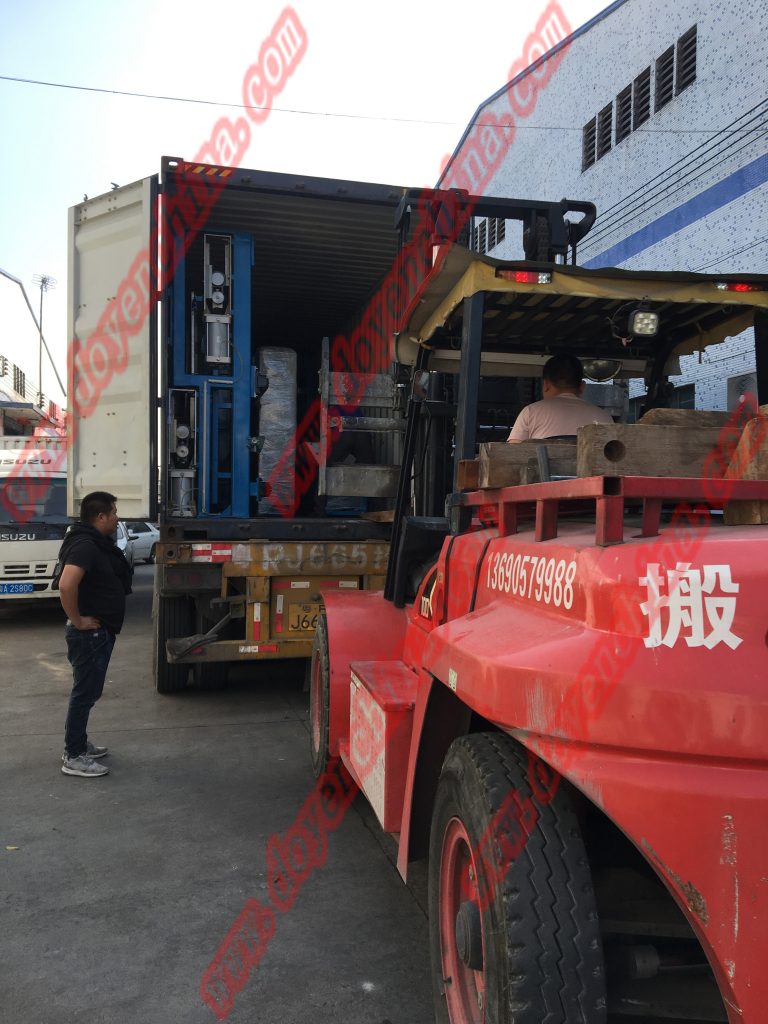

Tel:
+86-757-8633-0278
Email:doyen@doyenchina.com
Fax:+86-757-86287390
Address:Room 201, Building No. 24, Yicui Rose Garden, No. 2, Jihua 7 Road, Chancheng District, Foshan City, Guangdong Province, China 528000.
Material conditioning
Before using a filter press to dewater the sludge, we usually use coagulation or flocculation to condition the dewatered sludge to enhance the filterability of the material. Frequently used inorganic types, such as iron salts, lime, aluminum salts, etc.; organic types, such as polymer electrolytes. Sometimes, heating can also break the colloidal chain to improve the structure of the sludge.

Inorganic reagents
Inorganic reagents are the most traditional treatment reagents. The disadvantage is that the dosage is large. When using ferric chloride or lime treatment, it is usually necessary to add about 7% and 30% respectively. The large amount of chemical addition has led to an increase in the amount of sludge to be treated. However, the flocs formed in this way are granular, stable, and suitable for pump delivery.
Organic reagents
Polypolymer electrolytes have been widely used recently. It can be used alone or together with iron salt to form a pre-coagulation. Usually, only a few grams can form a few kilograms of floc. However, the flocs formed in this way are more fragile and fragile than the flocs formed by the aforementioned inorganic reagents.
Polypolymer electrolytes are classified into cationic and anionic types. Generally, cationic sludge is used for organic sludge, and anionic sludge is used for inorganic sludge.
step
Usually, before entering the filter press, the reagent is now added to the preparation tank, and the flocculant should not be stored for a long time. Then, the corresponding proportion of flocculant is added according to the amount of material through the metering pump. If the flocculation effect is not good, the dosage can be gradually increased. The flocculant needs to be diluted first to facilitate mixing. Commonly used are lime water (50-80g/L) and polymer solution (2-4g/L). The contact mixing time of inorganic reagents is usually 10 minutes (ferric chloride is faster, lime water is slower). The organic reagent flocculates almost immediately.

Other conditioning methods
Wood flour is gradually being used more and more in grease and some difficult sludge, such as some food industry sludge. The advantage of this method is that organic environmental protection materials are added, and a relatively dry mud cake can be obtained. The mud cake can then be incinerated and used for agricultural purposes. This conditioning method can also add ferric chloride or organic flocculant according to the actual situation.

Doyen specializes in providing belt press equipment for the Southeast Asian market. Welcome to visit our workshop and formulate a more scientific plan based on the actual situation of your company. Welcome to visit joyce@doyenchina.com or visit https://www.doyenchina.com.
Mar-07-2021
admin

 +86-757-8633-0278
+86-757-8633-0278 doyen@doyenchina.com
doyen@doyenchina.com Sitemap
Sitemap